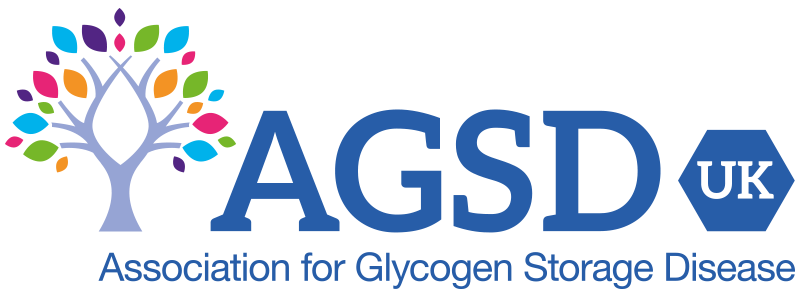GSD3 is rare yet there are researchers, scientists and doctors carrying out studies with the intention of improving the quality of life for those affected.
The research agenda
To date there is no cure for GSD3 and current treatments are mostly based on diet and management of symptoms.
The AGSD-UK likes to promote research by consulting with proposals, facilitating meetings and providing funding where possible.
Patients can help by volunteering to participate in any ongoing studies and being part of the consultation process.
The search for better treatment
There currently appear to be at least five groups around the world working on treatment and therapies for the disease. The AGSD-UK supports all these initiatives and actively encourages collaboration between researchers and patient associations to further the understanding of the needs of the people these treatments are being designed for.
Follow the links below to the published articles.
Giuseppe Ronzitti and a French team (supported by Genethon, the “Association Française contre la Myopathie”, the “Association Francophone des Glycogénoses”, and the National Research Agency) are looking at options to deliver gene therapy. The AGL gene (affected in GSD3) is large, consequently presenting a challenge for the traditional method of delivery of gene therapy with an AAV vector (a virus that will carry the gene in the body). They have published a paper showing use of dual overlapping AAV vectors. With this method, they have demonstrated the possibility, in a mouse model, of correction of GSD3.![]() Narritive review of GSD3
Narritive review of GSD3
Duke University in the United States has used a novel approach to deliver gene therapy with a bacterial vector, Pullulanase. This overcomes the issue that the human enzyme is too large to be packaged into a viral vector. Using a mouse model, they demonstrated that Pullalanase is a possible treatment for GSD3.![]() AAV-mediated gene therapy with Pullulanase
AAV-mediated gene therapy with Pullulanase
Duke University has also recently published a retrospective longitudinal study and comprehensive review of adults with GSD3. They concluded that despite dietary changes, liver and muscle disease progression is evident in adults with 3a, muscle weakness being the major cause of illness.
![]() Retrospective longitudinal study and comprehensive review of adults with GSD3
Retrospective longitudinal study and comprehensive review of adults with GSD3
They also have a Facebook page for their GSD3 Clinical and Research Program.
Ultragenyx is looking at an approach using mRNA. Clinical trials have begun in the States and are scheduled to begin in Europe. They will last through to the end of 2022/2023. It is hoped to be effective at treating hypoglycaemia with the effect on the muscles yet to be determined.![]() Clinical trials
Clinical trials
Dr Rosella Franconi, in Italy, is part of a team that has been developing a synthetic gene and are currently testing its effectiveness on an animal model. This has been financed jointly by ENEA, the Italian GSD patient association (AIG) and IGEA SPA of Carpi (Modena).![]() Newence report
Newence report
Dicerna Pharmaceuticals have been looking at silencing the gene GYS2. This has been shown to prevent glycogen accumulation in the liver of a GSD3 mouse and reduces the fatty liver of a GSD1 mouse.![]() GYS2 mRNA Knockdown
GYS2 mRNA Knockdown
